#nenet people
Explore tagged Tumblr posts
Text
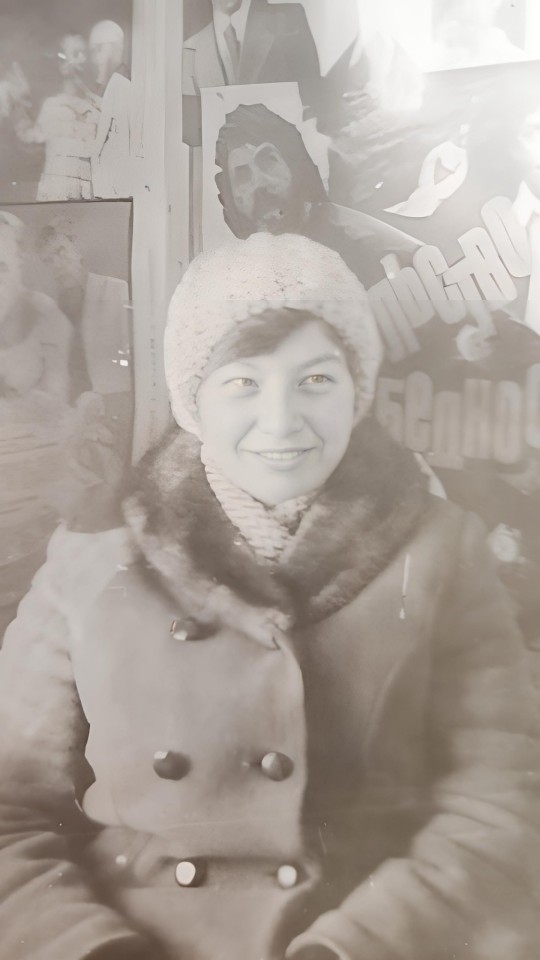
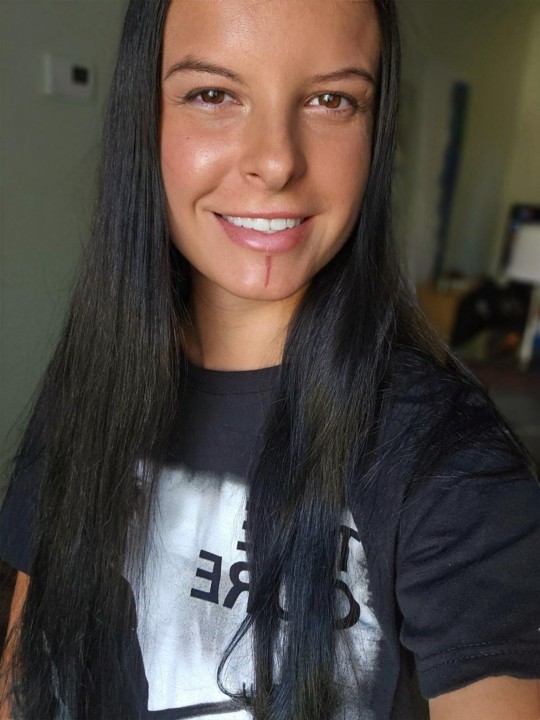

Pictures: Bio mom, myself, biological cousin (left)
Sometimes I get apprehensive about sharing how I look because there's the ongoing battle and worry if I am good enough. It stems a lot from my upbringing and the area I grew up in.
I was adopted and brought to the US when I was 18 months old and I grew up in a poor city in Appalachia without any Native community or group. In 2019, I decided to do my first DNA test due to being an adoptee and I was hopeful I'd find relatives through the app. Unfortunately, I did not but I was able to confirm the beginning of my reconnection journey. With the results, it showed I am 97.9% connected to Russia with a breakdown of regions that are Native regions: Novaya Zemlya/Arkhangelsk (Nenets), Altai Republic (Altai), and Krasnador Krai (Circassian).
With those regions in mind, I decided to follow up with Ancestry to see, once again, if I was also able to find relatives. I was not, but the DNA aspect confirmed the already existing test that I've taken.
Being fortunate and in contact with my family, I brought up the regions that DNA pulled from and talked to my family about Nenets and Altaian lineage. They confirmed these regions and lineages and also said my biological mother grew up Tatar. It is very important to have family confirmation, as DNA is not your answer to who you are, it's merely a foundation point that you need to build on. With DNA, you can start a journey, but without confirmation of family/community, it's still just DNA and not full reconnection.
With a lot of research, I decided to get a red chin line that extends half of my chin as an attribute of reconnection. The artist who did this has rules for Natives as he is Native himself: I will not tattoo it you do not know what you are getting done. The red line means spiritual growth, maturity, and connectiveness to ancestors. Usually there is a major transition in life to have these chin lines or facial markings complete. I clinically died May 8, 2022 and got my line completed in summer of 2022. Black, blue, and red are colors that the Altaians will use for facial tattooing. Red is used to indicate a healing role within society. It was also chosen to assure there would no misunderstandings with other tribes and to separate ourselves.
Chin tattoos and other facial tattooing has died off significantly within the Soviet Union due to the forced assimilation and the liquidation of people. A lot of people were forced to lose their culture and those reconnecting are tying to preserve what's left.
I am honored to share my Indigenous lineage and to put our Natives on the map. I do not regret getting into activism. I do not regret reconnecting and continuing what is right. I will continue to be a voice for my people and my family. We will not be silent. We are still here.
#indigenous#culture#important#indigenous russia#indigenous russian#fypシ#fypage#russia#colonization#landback#land back#siberian native#siberian indigenous#native siberian#nenets culture#nenets#nenet people#altaian#Altai#Tatar#Tatars#fyppage#fypツ#native people#reconnecting#russian imperialism#important post
21 notes
·
View notes
Text

Pavel a Khudi Nenet from Yamalo-Nenets Autonomous District, Siberia, Russia. 2018
"The life of Nenets people in this area is based on following the reindeer as they move along ancient routes around the tundra. To survive the winter the reindeer eat a type of lichen known as reindeer moss, which may be covered in metres of snow. The Khudi Nenets brigade we visited have a herd of some 4,000 reindeer, with roughly 1,500 of them belonging to the Khudi Nenets themselves. The remaining 2,500 are owned by the ‘state farms’. If Khudi Nenets people slaughter a state-farm animal, its value is docked from their salary, but they are allowed to slaughter their own reindeer."
- Jimmy Nelson
157 notes
·
View notes
Text


Femme Samoyède. Habit of a Samoyede woman and child subject to Russia in 1768.
from Voyage en Sibérie by Jean-Baptiste Chappe d'Auteroche as well as from A Collection Of The Dresses Of Different Nations, Antient and Modern. Particularly Old English Dresses. After The Designs of Holbein, Vandyke, Hollar, and others. With An Account of the Authorities, from which the Figures are taken; and some short Historical Remarks on the Subject. To which are added The Habits of the Principal Characters on the English Stage.
very cute kid coat with earsies ^_^
#nenets#siberia#samoyedic peoples#russian empire#samoyed#18th century#siberian indigenous people#mother and child#Voyage en Sibérie#folk clothing#traditional clothing#indigenous peoples#historical fashion#my upl#1700s
35 notes
·
View notes
Text
#indigenous#indigenous russia#nenets#siberia#native siberia#siberian#native people#natives#nenets tribe#siberian native#indigenous peoples#indigenous rights#land back#landback#tumblr fyp#fypage#fyp#fypシ#fypツ#culture#nomadic#nomad#foryou#interesting#Arctic#native rights#native#algorithm
24 notes
·
View notes
Text
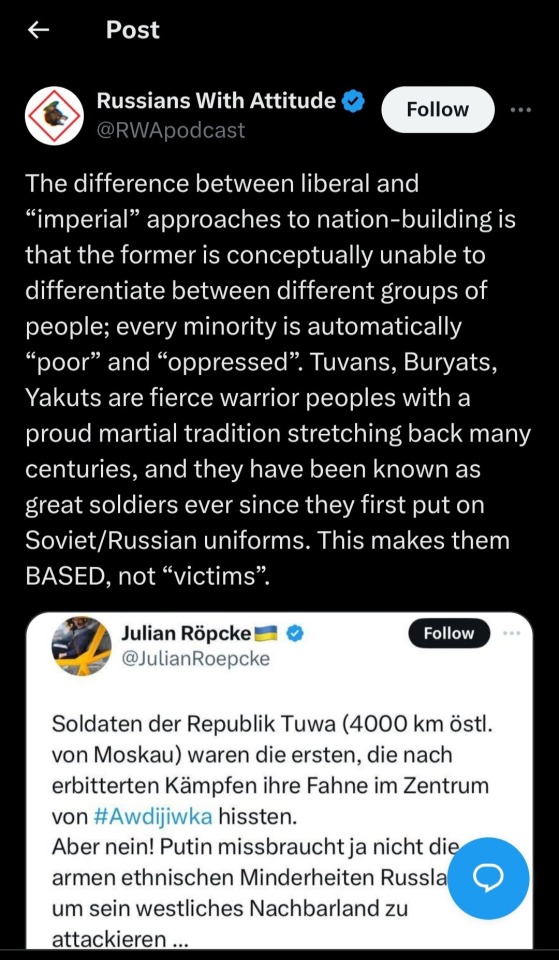
Russians pretending like the way they treat their ethnic minorities is some sort of Gold standard is fucking comical. Yes, Buryats, Tuvans and other ethnic minority groups being disproportionately mobilised in an imperial war by their coloniser so privileged Muscovites can never face the war themselves is so BASED ! Tell that to all of those Buryats/Kalmyks/Tuvans etc protesting and fleeing the country to escape being drafted.
Anyways

So "BASED"!
#Russia#russian invasion#Ukraine#Russian imperialism#russian colonialism#russian agression#Buryatia#Tuva#Kalmykia#Chukotka#Nenets#Chukchi#indigenous russia#The Russian couldn't even stop themselves from being racist in the tweet what the fuck is “fierce warrior people” oh my god
80 notes
·
View notes
Text

sammie for #doggust
#id in alt#doggust#excuse to finally draw the fram honestly#dogs#samoyed#descended from the nenets herding laika (and named a somewhat-pejorative term for some indigenous peoples in northern russia)#but specifically from those dogs that survived nansen's 1890s arctic expedition and were brought back to europe#doggust2023
68 notes
·
View notes
Text
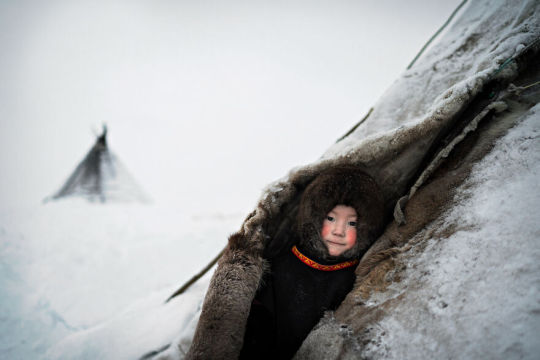
Before Migration
Nenets are indigenous Siberian people whose traditional economy has long been rooted in nomadic reindeer-herding, fishing and hunting. They live in chums: small huts made of reindeer skins, in order to ensure a minimum of thermal insulation, especially during the winter. In this picture Roman looking out of the chum, with his red cheeks worn by the cold, -50°C.
By Tommaso Vecchi
All About Photo Magazine Awards 2023: “The Mind’s Eye”
#tommaso vecchi#photographer#all about photo magazine awards - the mind's eye#nenets#indigenous siberian people#culture#nomadic reindeer-herding#fishing#hunting
13 notes
·
View notes
Text
Nenets women at dancing ceremony, Pechora Delta, Nenets Autonomous Region, Russian Far North (x)

Siberian traditional costume
#traditional clothing#headdress#photography#clothes#traditional culture#not all russian indigenous people live in siberia lol#russia#nenets#ненцы
416 notes
·
View notes
Text

Holding myself from impulsively buying this doskatreska t-shirt ToT
#IT HAS THE POMOR BIRD OF JOY ON IT AAAAAAAAAAAAAAAAAAAAAAAAAAAAAAAAAAAAAAA I NEED IIIIIIIT#listen. if there is one thing I'm very sensitive about then it's my native culture.#P.s. - Pomors are a sub-ethnic group that is basically a melting pot for northern nations of northwest Russia.#We're descendants of old novgorod russians who mixed with finno-ugric and nenets (if you go to the east of arkhangelsk oblast) people.#and well. our culture is rich actually. we were very procreative in that part aadfghjk
1 note
·
View note
Text
you guys really need to be educated on russia's indigenous people. some of you will rightfully call out isnotreal and usa on being settler colonies dependant on stealing land and killing it's indigenous population but then say that "i don't support russia but they aren't the same". tell that to yakut, buryat, chukchi, chechens, cirkassians, ingush, ossetians, tatars, nenets, tuvans, bashkirs, udmurts, qirimtatar of illegally occupied crimea, and many, many others. their land stolen, their culture on the verge of extinction; they're facing racism and discrimination in their own land, their activists are being thrown to prisons. russia is no different from usa
1K notes
·
View notes
Text
It is estimated that up to 90% of the Nenet population was wiped out during the 1950s in the Soviet Union. The Nenets, who are an indigenous people in Siberia, were targeted by Stalin's government for their traditional way of life as reindeer herders and their resistance to collectivization.
Many Nenets were forcibly moved into collective farms and their reindeer herds were taken away from them. This led to a loss of their main source of food and livelihood, and many died from starvation or disease.
In addition to this, there were also forced resettlements and deportations that further decimated the Nenet population. The harsh living conditions in these new areas often led to a high mortality rate.
Overall, it is difficult to determine an exact percentage of how many Nenets perished during this time period as accurate records were not kept. However, it is widely accepted that the impact on their population was significant and devastating.
#indigenous#culture#indigenous russian#indigenous russia#important#russia#fypシ#fypage#colonization#landback#nenet people#nenets culture#nenets#nenet#indigenous rights#indigenous people#siberian indigenous#siberia#indigenous siberian#siberian#important post#important read
199 notes
·
View notes
Text
Also, can we stress enough that most Ugro-Finnic peoples actually inhabit the territory of modern Russian Federation and that most of their languages are either on the verge of being extinct or already are?
I know that some folks (unfortunately, often they are Ukrainian) like bringing up the fact that white Russians, despite claiming to be the “most Slavic country of them all” (like, lmao, how stupid that even sounds), are actually often ethnically Ugro-Finnic. And I am deeply against this approach.
The fact that many white Russians today are not even that Slavic is actually a sad testimony to systemic Russification: cultural and linguistic erasure, often done with tools such as religion (the Orthodox Church does not really care about preserving local languages and customs, am I right?), schooling system (if I am correct, teaching of Indigenous languages in Russian schools is a joke, it’s often just an hour a week that nobody cares much about really; also it cements the “state identity” in students as the primary one) and even so innocently looking ones, such as intermarriage (because it is obvious that most children from such marriages would choose the national identity of the parent that belongs to the dominant ethnic group).
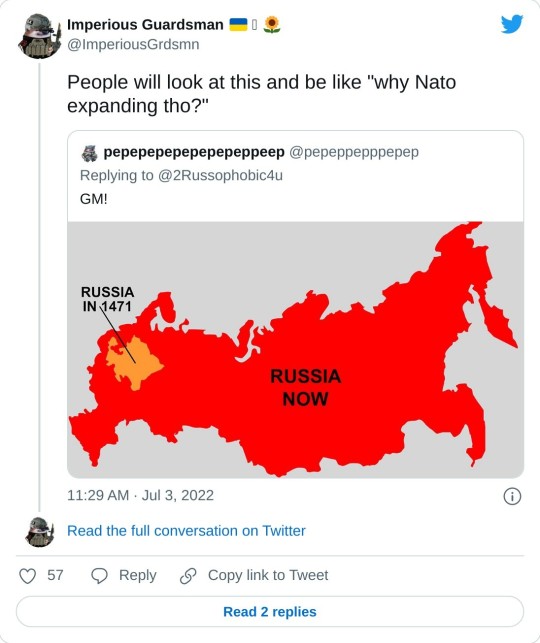
#russian colonialism#russian imperialism#ugro-finnic peoples#ugro-finnic languages#karelia#komi#udmurtia#selkups#nganasan people#mari#enets people#nenets people#and others
962 notes
·
View notes
Text
what I realistically think op characters ethnicities are
-Luffy: indigenous Brazilian (with a slight Portuguese and African mix in there)
-nami: Saami (native people of northern Scandinavia) this makes a lot of sense to me since many Sami people were tragically murdered (like namis parents) and had there children taken away. to put this into simple terms, namis parents were killed and then nami became and orphan and grew up on an Aegean island (agriculture similar to cocoyasi village)
zoro: Mongolian (got really lost as a child and ended up in Japan)
usopp: south Sudanese but grew up in South Africa(because there’s a lot of Dutch settlers there due to colonization and there were a lot of white people in syrup village)
sanji: half german half Syrian, Germa was based off Germany but sanji does use arabic words and makes “simsim cream” (sims in means sesame in Arabic) he was born in Germany but ran away and ended up in northern France (in my heart he’s 100% Albanian but this is supposed to be realistic not hcs)
Robin: native Siberian specifically nenet, similar to what I said about the Sami and nami earlier, many siberians went though genocide just like in robins backstory and how all her people were whipped out. (Robins also has a very Siberian/turkic look in my opinion coming from a 🇰🇿 girl)
Franky: Dominican that grew up in north eastern America
brook: African American from Louisiana (I can’t really explain this one it just feels right) (also brooks love for music and a lot of music types came from black Americans)
Jinbe: Indian Fijian (this one is also hard to explain it just feels so right)
extra ->
law: Sinti Romani (a big group of Romanis mainly located in Germany) btw this one is mainly due to looks bcz there’s no way in hell law is a white German lmaoo that boy is BROWN
#one piece#monkey d. luffy#roronoa zoro#one piece nami#usopp#vinsmoke sanji#nico robin#cyborg franky#brook one piece#one piece jinbe#trafalgar law#Nobody’s gonna read this long ass post I just wanted to talk abt this bcz I’m bored
55 notes
·
View notes
Photo
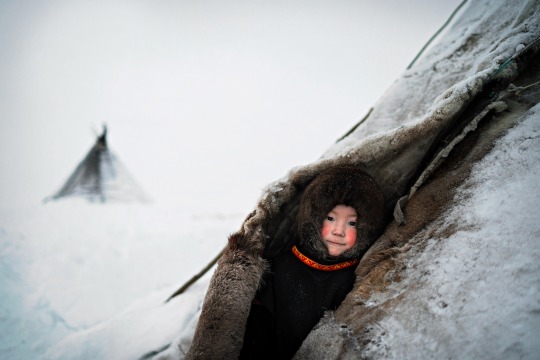
Before migration by Tommaso Vecchi via International Photography Awards
"Nenets are indigenous Siberian people whose traditional economy has long been rooted in nomadic reindeer-herding, fishing and hunting. They live in chums: small huts made of reindeer skins, in order to ensure a minimum of thermal insulation, especially during the winter. In this picture Roman looking out of the chum, with his red cheeks worn by the cold, -50°C."
150 notes
·
View notes
Note
Would you recommend studying finno-ugric languages (for a native Finnish speaker)? Can you share some tidbits?
Hi!
I am specifically doing my studies at the University of Helsinki so I can give you specifics on what we do here (the same things apply if you study this as a hobby tbh)!
First of all, if you are considering this field, you NEED to be ready to learn at least one completely new language to a B2 level. Our field requires at least 3 courses in another Uralic language (I am doing North Sámi, the other two options are Hungarian and Estonian). On top of that, you can (or kinda have to if you don't wanna do a 4th course from that first language) do 1-2 courses on an another Uralic language. These singular courses also cover the smaller languages, I am so looking forward to a Nenets course becoming available!
Another thing you need to keep in mind is that while we are grouped with the Finnish fields here at UoH, our field is totally different, in my opinion, this resembles linguistics a lot more than Finnish studies. You have to be ready for a lot of linguistics courses and I recommend studying linguistics on your own before applying.
The third thing is the job market. There aren't many jobs specifically for this field unless you want to be a professor or a researcher so think of this as a secondary career option and be ready to educate yourself further after finishing your studies.
From the standpoint of the community here at UoH, you WILL become the center of attention. There are SO FEW of us here we are like rare shiny Pokemon. Both staff and other students will say "Oooh what I've never met anyone in your field yet" more than once. Be ready to answer the burning questions such as "So where did Finnish come from" or "What is the etymology of Suomi" 1 week in. Prepare your answer before you even come in for orientation.
Learning about the Uralic languages will definitely help you learn about how Finland came to be. You'll also be able to learn other Uralic languages faster and even start to understand them without studying them at all in some cases!
TLDR: a rare form of linguistics disguised as Finnish studies. People will question your life choices. You will too after memorizing North Sámi noun cases at 1am.
#finnish#langblr#langblog#suomen kieli#suomitumblr#linguistics#university#uralic languages#i love nenets#nganasan has been another fave for ages
25 notes
·
View notes
Note
What’s Paganism and is it an indigenous faith? I have seen many people mainly white people say stuff like Europe will be pagan again or claim to be indigenous pagans but what does that mean?
Paganism refers to ancient pre-Christian European (sometimes Near East religions but this is debated as many find this to be offensive to bipoc practices as paganism is talked, it’s usually more focusing on Europe than any other continent) religions that usually are of polytheistic faiths, claims indigenous pagans usually means they’re reclaiming ancestral faiths and going back the original ways of their ancestors, However, the term “indigenous” is complex and context-dependent. While European Pagan traditions are considered indigenous(not in the way as indigenous people) to their regions, they differ from indigenous traditions in other parts of the world, such as those of Indigenous Americans or Australian Aboriginal peoples. These non-European indigenous groups typically do not identify their practices as Pagan and may find such classifications inappropriate or offensive due to paganism mainly referring to European practices and indigenous people kept their practices alive while European paganism that the ancients know have been lost and the paganism you see today is not the same as the ancient paganism. In recent times, certain European neo-Nazi and nationalist groups have appropriated Pagan symbols and narratives to promote ideologies of racial purity and a return to an idealized, ethnically homogeneous past. They often emphasize connections to ancient European Paganism to construct a sense of exclusive ethnic identity and heritage. This appropriation serves their agendas by linking modern political ideologies to historical and cultural narratives, thereby legitimizing their claims, For example, the concept of “Blood and Soil” (Blut und Boden), which ties ethnicity to ancestral lands, has roots in Nazi ideology and has been adopted by some modern far-right groups. This slogan reflects a desire to return to a perceived pure, ancestral state, often associated with pre-Christian Pagan traditions, It’s important to note that the majority of contemporary Pagans do not subscribe to these extremist ideologies. Many actively oppose the co-opting of Pagan symbols and narratives by nationalist groups and work to promote inclusive and diverse practices within the Pagan community.
So no paganism isn’t a indigenous faith as most Europeans (excluding the Sami,Nenets, and other indigenous people who inhabited many regions of Europe predating non-indigenous Europeans or Indo-Europeans) aren’t considered indigenous cause indigenous also implies settler colonialism (click the link to see what is settler colonialism) and that’s how paganism can be defined in modern terms.
#bruja#brujasoftumblr#spirituality#brujeria#witchesoftumblr#witchblr#witches of tumblr#folk witch#witchy#witchcraft#witch community#brujas de tumblr#bruja tumblr#brujablr#brujas of tumblr#reconnecting taino#taino#arawak#tainoarawak#indigenous#indigenous caribbean#indigenous American#Native American#nativeamerican#native americans#Europe#paganism#pagans#pagan#paganblr
10 notes
·
View notes